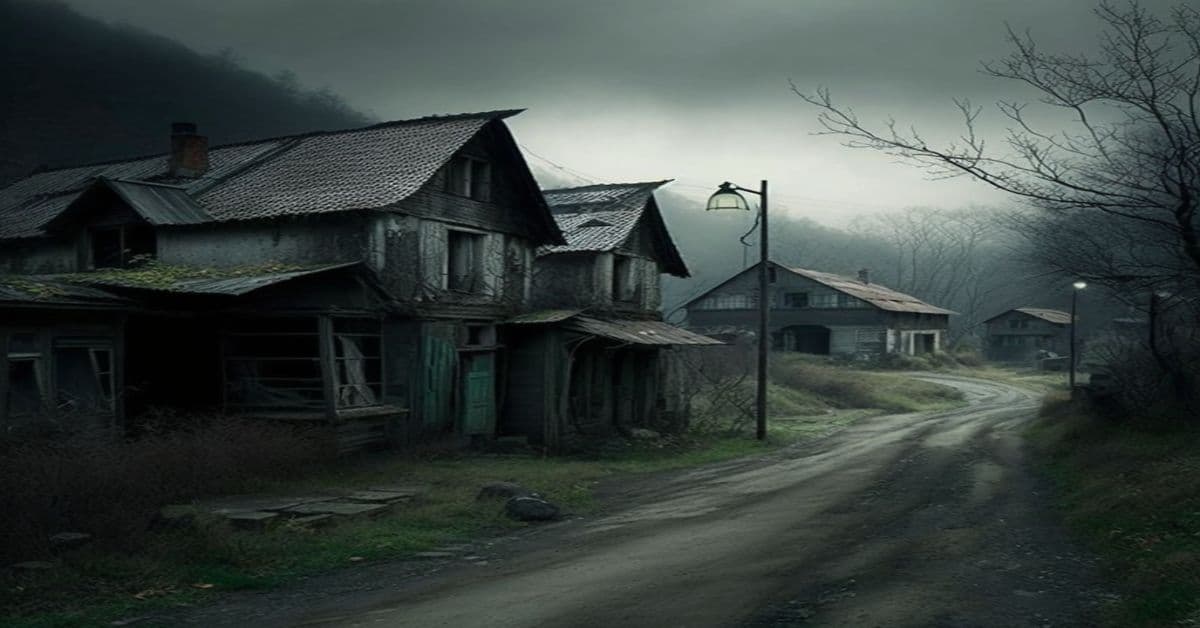Northport is a small town located in Stevens County, Washington, that has faced numerous disasters throughout its history. Despite the challenges, the town has shown remarkable resilience in rebuilding and adapting to the changing circumstances. Northport’s story is one of determination and perseverance in the face of adversity.
The town’s history can be traced back to the late 1800s when it was first settled. With the discovery of rich mineral deposits in the region, Northport quickly grew into a thriving brick town. However, the town’s success was soon overshadowed by a series of disastrous fires and floods that caused extensive damage and loss of life.
Despite these setbacks, the town continued to rebuild, with brick becoming the material of choice due to its durability. Today, Northport is a ghost town with few attractions, but the original buildings that remain are a testament to the town’s strength and character.
Key Takeaways
- Northport has a long history dating back to 1892 when settlement began in the area.
- The mining industry primarily supported the town, and the railroad’s arrival in 1892 facilitated its growth.
- Despite facing numerous disasters such as fires and floods, Northport’s resilience and determination can be seen through its use of brick as the primary building material for rebuilding.
- Presently, Northport is home to a large sawmill and serves as a testament to the history and character of the American West.
Settlement and Early Growth
The settlement of Northport began in 1892, with the mining industry as the primary source of economic support. The arrival of a railroad in September of the same year marked the town’s early growth. The railroad significantly impacted the town’s growth, as it facilitated the transportation of goods and people, making it easier for miners to work in the area.
As the town grew, it faced a series of disastrous fires that plagued the town. However, the town was rebuilt each time, with brick becoming the material of choice for rebuilding. The exception was a frame brothel that remained as a reminder of the town’s past.
Despite the challenges, the town continued to thrive, with its lifeblood being its smelters. The first smelter was built in 1897, and it helped to sustain the town’s growth until labor problems caused the smelters to close, and the populace moved away.
Fires and Rebuilding
Rebuilding efforts were necessary after a series of disastrous fires plagued the town of Northport. Despite these setbacks, the community remained resilient and continued to rebuild after each fire. Brick became the material of choice for rebuilding due to its durability and resistance to fire. However, one exception to this trend was a frame brothel that was rebuilt after each fire.
Despite the challenges posed by floods during heavy rainfall and snow melt-off, the townsfolk persevered in their efforts to rebuild Northport. The town’s lifeblood was its smelters, with the first smelter being built in 1897. However, labor problems caused the smelters to close and the populace to move away.
Today, the town’s primary source of economic support is a large sawmill, and while it may be difficult to find attractions, many original buildings remain, a testament to the community’s resilience in the face of adversity.
Decline and Current Status
Currently, Northport’s primary source of economic support is a large sawmill, which employs a significant portion of the town’s population. However, the town has experienced a decline in recent years due to various economic struggles, including the closure of its smelters and a lack of tourism.
Despite these challenges, Northport remains a unique and historic town with many original buildings still standing. Visitors can see the town’s resilience in the face of disasters, such as the fires that plagued the area, through the use of brick as the primary building material.
While there may not be many attractions in Northport, the town’s history and perseverance make it a worthwhile destination for those interested in the history of the American West.
Frequently Asked Questions
What was the population of Northport at its peak?
At its peak, Northport’s population growth was fueled by the establishment of smelters in 1897, but labor problems caused demographic changes and a decline in residents. The exact population number is not available.
Were there any notable residents or figures in Northport’s history?
Northport’s history does not mention any famous residents, notable figures, local celebrities, town heroes, influential people, or historic leaders. The town’s survival was largely dependent on its smelters and sawmill, and its residents were primarily working-class individuals.
What were the primary industries in Northport besides smelting?
Northport’s industries beyond smelting included agriculture and fishing. Despite disasters, the community showed resilience by rebuilding with brick. Floods and labor problems caused the populace to move away, but a sawmill remains the primary source of economic support today.
Are there any plans to restore or preserve the historic buildings in Northport?
Preservation efforts in Northport are currently minimal, despite the town’s historical significance. Many original buildings remain, but there are no concrete plans to restore or protect them from ongoing neglect and decay.
How has the town’s geography and location affected its history and development?
The geographical location of Northport has played a significant role in shaping its history and development. The town has been impacted by natural disasters, such as floods, which have affected its economy. The town’s reliance on smelters as its lifeblood was impacted by labor issues, causing the populace to move away.


